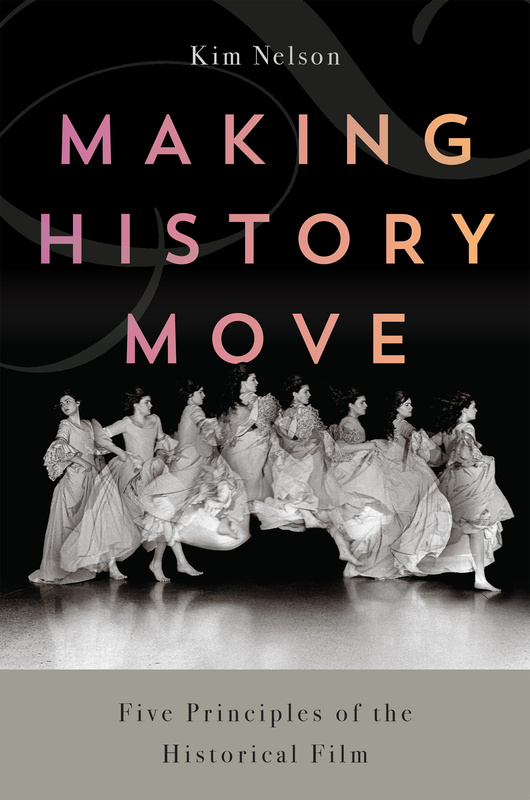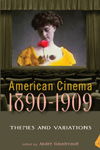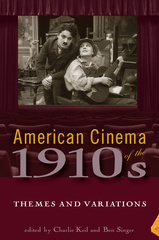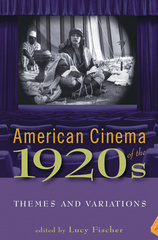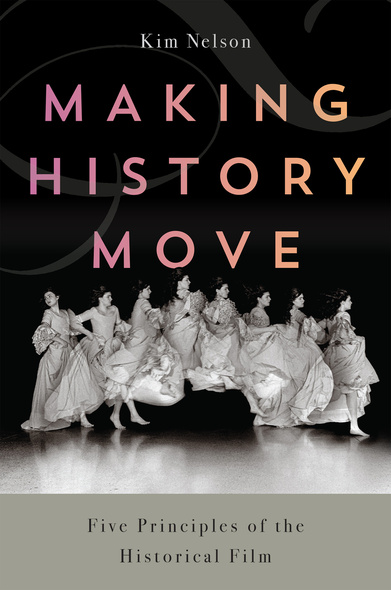
234 pages, 6 1/8 x 9 1/4
6 B-W and 15 color images, 6 tables
Paperback
Release Date:15 Mar 2024
ISBN:9781978829770
Hardcover
Release Date:15 Mar 2024
ISBN:9781978829787
Making History Move: Five Principles of the Historical Film builds upon decades of scholarship investigating history in visual culture by proposing a methodology of five principles to analyze history in moving images in the digital age. It charts a path to understanding the form of history with the most significant impact on public perceptions of the past. The book develops insights across these fields, including philosophical considerations of film and history, to clarify the form and function of history in moving images. It addresses the implications of the historical film on public historical consciousness, presenting criteria to engage and assess the truth status of depictions of the past. Each chapter offers a detailed aspect of this methodology for analyzing history in moving images. Together, they propose five principles to organize past and future scholarship in this vital, interdisciplinary field of study.
No one is better suited to undertake this project than Nelson, herself both a filmmaker and a scholar. She builds on the insights of a broad range of scholars in the field to produce what no one has yet achieved: a rigorous, comprehensive, and yet nuanced, account of how moving histories work, providing a powerful methodology for future generations of film scholars.
Lucid and engaging, Making History Move directly confronts the theoretical and pragmatic questions that have repeatedly surfaced in studies of history and film. Nelson illuminates five principles that underpin the representation of the historical past in moving images. Filled with vivid ideas and marked by rigorous analysis, the book provides a blueprint for a genre that has increasingly shaped the cultural understanding the past.'
KIM NELSON is the director of the Humanities Research Group, and an associate professor of cinema arts in the School of Creative Arts, at the University of Windsor in Canada. Her work has screened at international film festivals and on university campuses across Canada, the US, and Europe and has been broadcast nationally on the Canadian Broadcast Corporation (CBC), as well as online with KCET in the US.
Introduction
1. Principle 1: Perspective
2. Principle 2: Evidence
3. Principle 3: Reflexivity
4. Principle 4: Foreignness
5. Principle 5: Plurality
Conclusion
1. Principle 1: Perspective
2. Principle 2: Evidence
3. Principle 3: Reflexivity
4. Principle 4: Foreignness
5. Principle 5: Plurality
Conclusion

